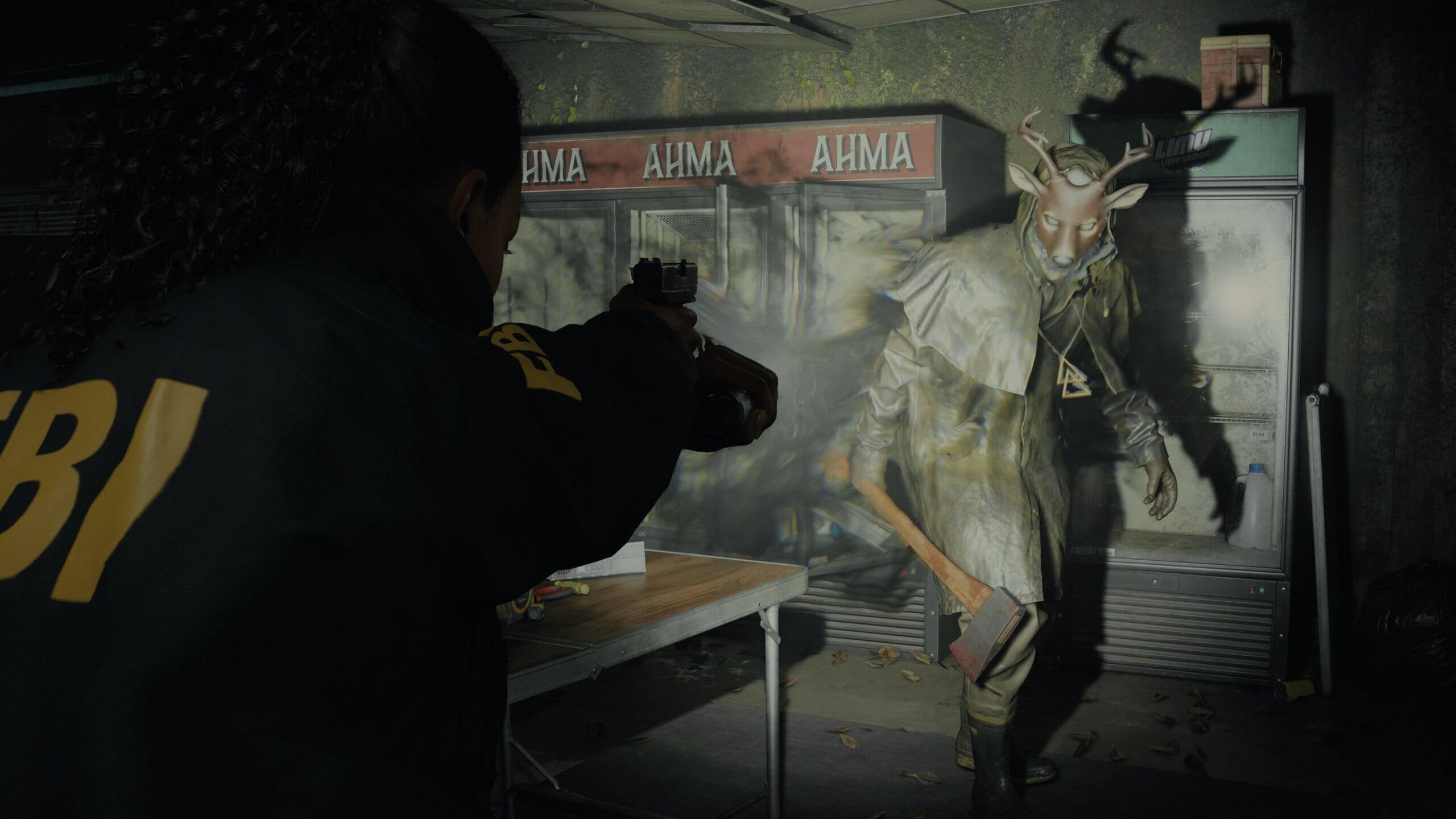In Immortals of Aveum, the FSR 2.2 implementation use a sharpening filter in the render path without the ability to tweak the sharpening values through a separate slider. The game is using a high sharpening value set by the developers, which might look slightly oversharpened in some sequences, especially at lower resolutions, however the sharpening filter does not cause any negative side effects or artifacts during gameplay. The TAA and DLSS implementations do not use any sharpening filters in the render path.
The in-game TAA solution has very poor rendering of small object detail—thin steel objects and power lines, incomplete and shimmery small particle effects, tree leaves, and vegetation in general. The TAA solution also has shimmering issues on the whole image, even when standing still, which are especially visible at lower resolutions such as 1080p. All of these issues are resolved when DLSS is enabled, due to a superior anti-aliasing solution. With DLSS you can expect an improved level of detail rendered in vegetation and tree leaves in comparison to the in-game TAA solution. Small details in the particle effects in different variety of magic abilities are rendered more stably, correctly and completely in all Quality modes.
The FSR 2.2 implementation comes with noticeable compromises in image quality—in favor of performance in most sequences of the game. Although FSR 2.2 does not cause excessive shimmering and flickering on vegetation, tree leaves and thin steel objects, as we've seen numerous times in games that we've previously tested, Immortals of Aveum has a lot of variety of magic abilities on screen and FSR 2.2 simply fails to properly reconstruct the details in these small particle effects. With FSR 2.2 enabled, almost all in-game magic abilities have an incomplete look with shimmering and small ghosting issues, especially visible in motion, compared to the native TAA solution and DLSS. The anti-aliasing quality is also inferior, as the overall image has more jagged lines in motion, especially visible on small particle effects during combat and in vegetation.
The NVIDIA DLSS Frame Generation implementation isn't perfect in this game, as it has a quite significant issues—extreme jittering and ghosting issues in on screen UI elements, such as the players crosshair, health bar and subtitles. Immortals of Aveum is a fast paced action game, so when using any temporal upscaling solutions, the temporal stability of the image is key to enjoyable gameplay, but during combat with such a large amount of ghosting and jittering issues in the DLSS Frame Generation image—it would be simply unusable for most players. It is disappointing to see, as this Unreal Engine 5.1 game is very demanding on the GPU and DLSS Frame Generation provides a very good performance boost across all resolutions in GPU limited scenarios. Also, you can't enable DLSS Frame Generation without enabling DLSS Super Resolution first, which is not an actual technical requirement.
Speaking of performance, compared to DLSS, FSR 2.2 has slightly smaller performance gains across all resolutions, while also producing more image quality issues compared to other available temporal upscaling techniques. Overall, the DLSS and FSR 2.2 performance uplift at 4K and 1440p is a great improvement to the game. With DLSS Super Resolution in Quality mode and DLSS Frame Generation enabled, you can expect more than doubled performance at 1440p and 4K, and during our testing we haven't spotted any issues with input latency.










 Nvidia constantly innovating and leading the way!
Nvidia constantly innovating and leading the way! 





